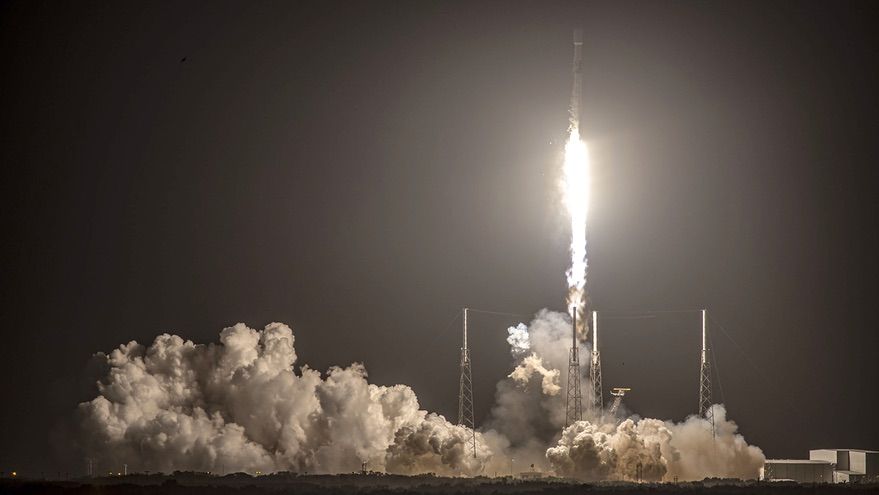Slime molds can imprint “memories” of where they’ve recently found food.
But the “miracle poison,” as it’s also known, has been approved by the F.D.A. to treat a suite of maladies like chronic migraines, uncontrolled blinking, and certain muscle spasms. And now, a team of researchers from Harvard University and the Broad Institute have, for the first time, proved they could rapidly evolve the toxin in the laboratory to target a variety of different proteins, creating a suite of bespoke, super-selective proteins called proteases with the potential to aid in neuroregeneration, regulate growth hormones, calm rampant inflammation, or dampen the life-threatening immune response called cytokine storm.
When people hear botulinum toxin, they often think one of two things: a cosmetic that makes frown lines disappear or a deadly poison.
Mastcam-Z is one of the scientific instruments onboard NASA’s Perseverance rover. The two cameras create a multispectral, stereoscopic imaging instrument that can zoom in, focus, and take 3D pictures and video at high speed to allow detailed examination of distant objects.
Credit: NASA/JPL-Caltech/MSSS/ASU
Music: Mission to Mars by Audio Hertz courtesy of YouTube Audio Library.
Using 142 individual images taken by Perseverance’s Mastcam-Z on Sol 3, the third Martian day of the mission, 21 February 2021, NASA created a 360-degree panorama.
Credit: NASA/JPL-Caltech/ASU/MSSS
Researchers at CU Boulder have developed a new, low-cost wearable device that transforms the human body into a biological battery. The device, described in the journal Science Advances, is stretchy enough that you can wear it like a ring, a bracelet or any other accessory that touches your skin.
A Falcon 9 booster failed to land after a launch Feb. 15 because of “heat damage” it sustained, but SpaceX thinks boosters can be reused 10 or more times.
WASHINGTON — A Falcon 9 booster failed to land after its most recent launch Feb. 15 because of “heat damage” it sustained, but a SpaceX official said he was confident that the boosters can be reused 10 or more times.
During a session of the 47th Spaceport Summit Feb. 23, Hans Koenigsmann, senior adviser for build and flight reliability at SpaceX, said the failed landing during an otherwise successful launch of Starlink satellites remains under investigation.
As people get older, their neural stem cells lose the ability to proliferate and produce new neurons, leading to a decline in memory function. Researchers at the University of Zurich have now discovered a mechanism linked to stem cell aging—and how the production of neurons can be reactivated.
A trio of researchers with ICAEV, Universidad Austral de Chile, and the University of Liverpool, respectively, have found suppressor genes linked to longevity and less cancer in two species of whales. In their paper published in the journal Proceedings of the Royal Society B, Daniela Tejada-Martinez, João Pedro de Magalhães and Juan C. Opazo, describe their genetic study of longevity in cetaceans and what they learned.









